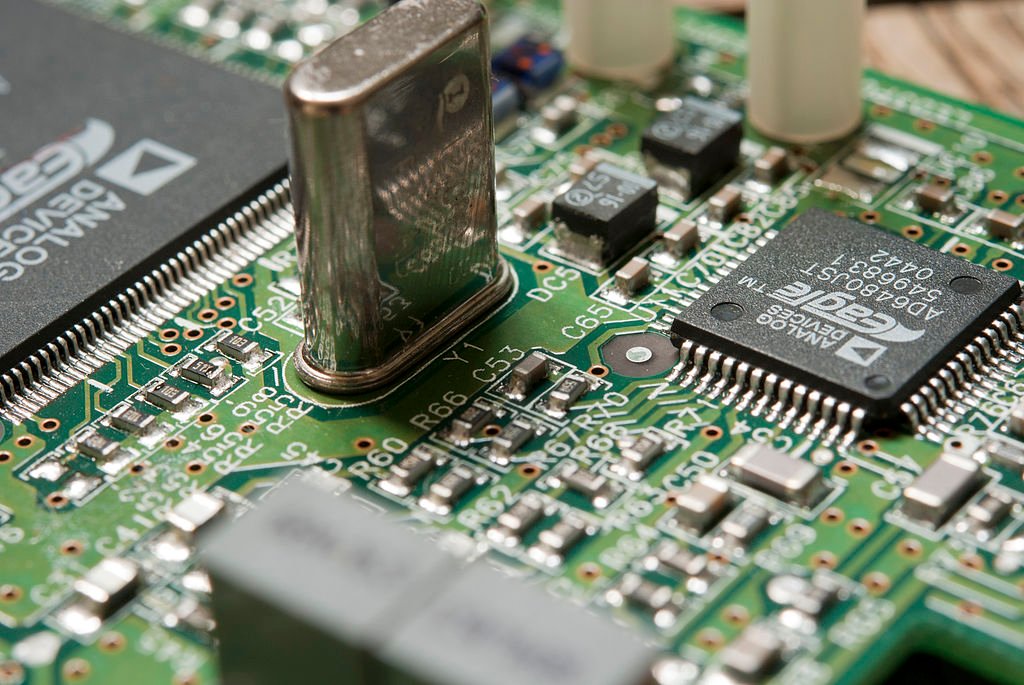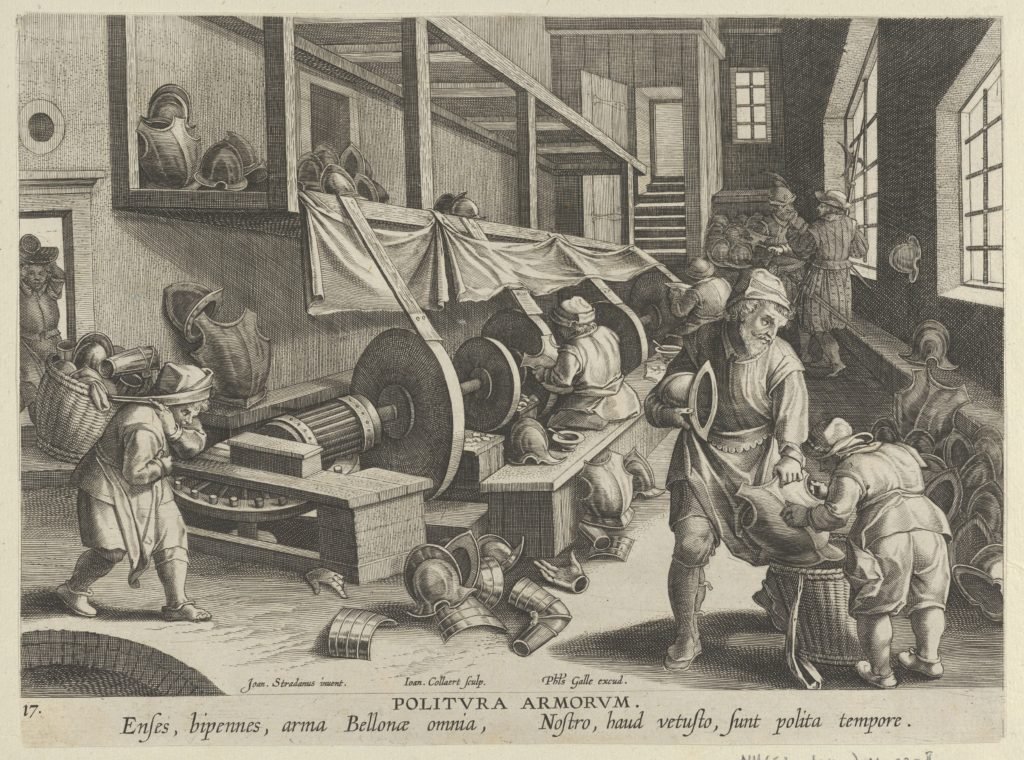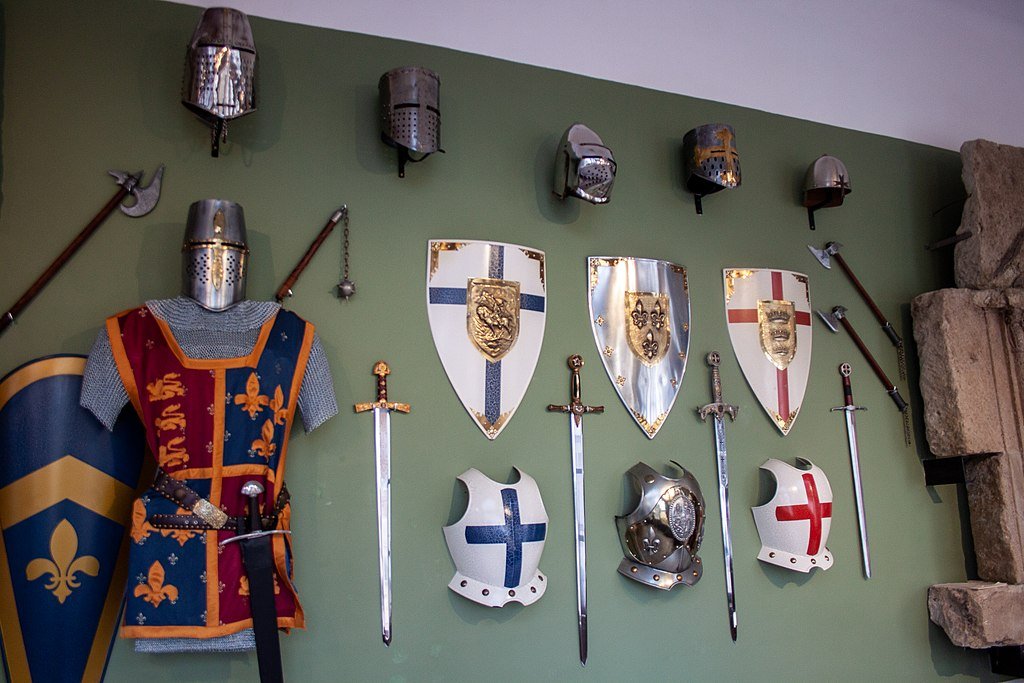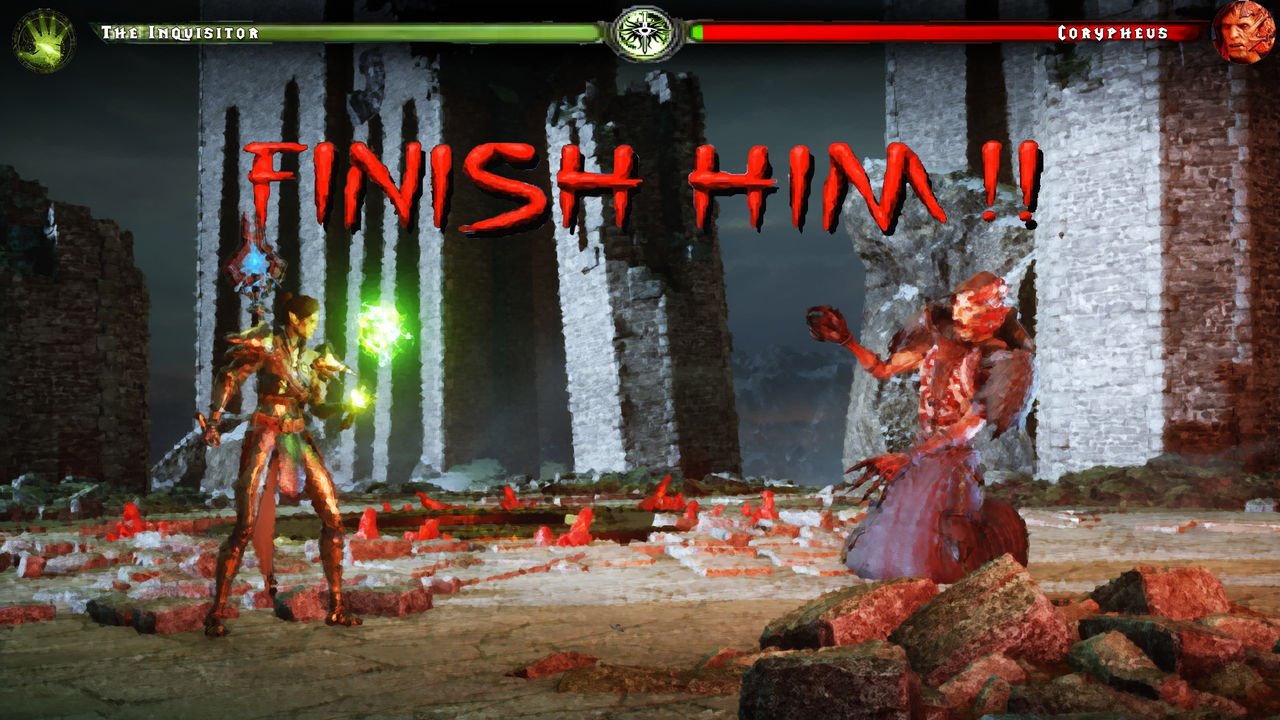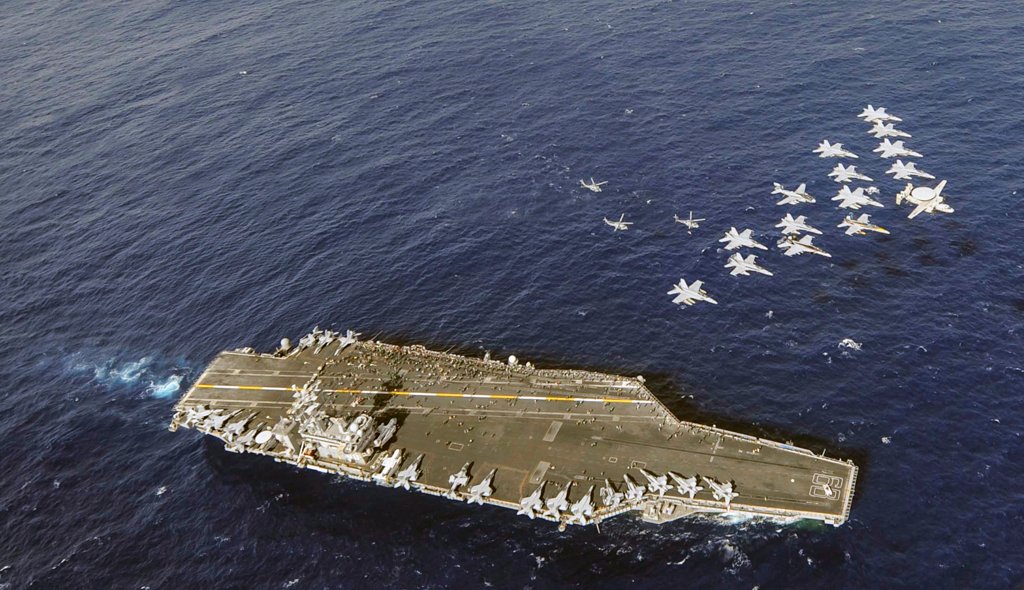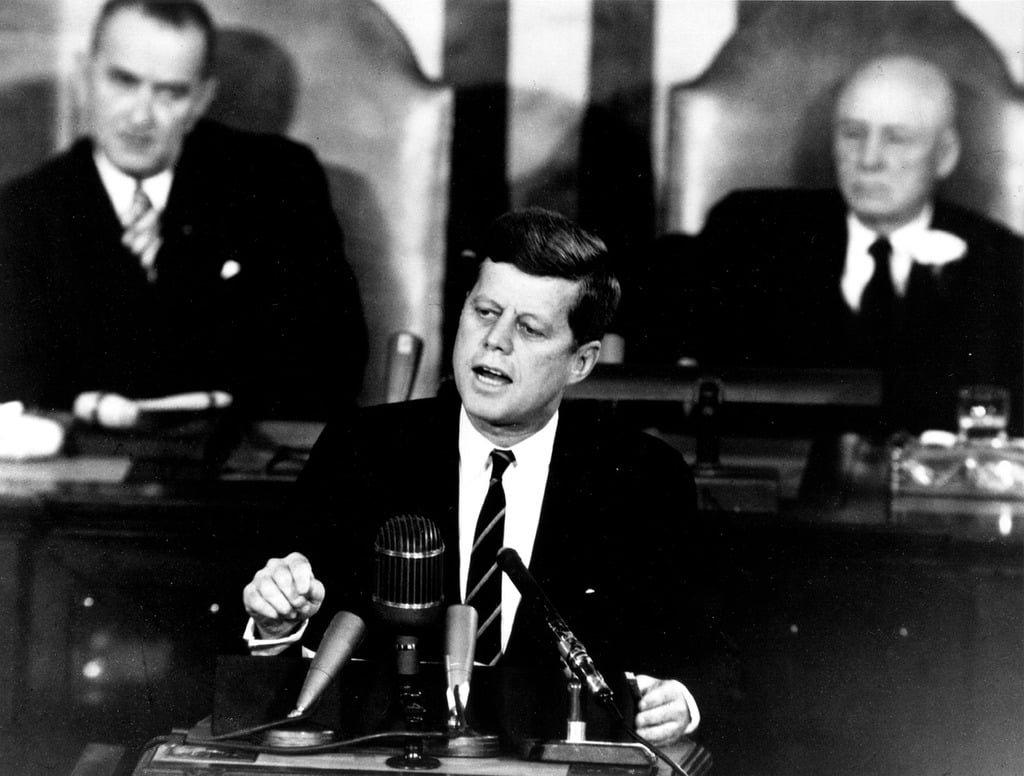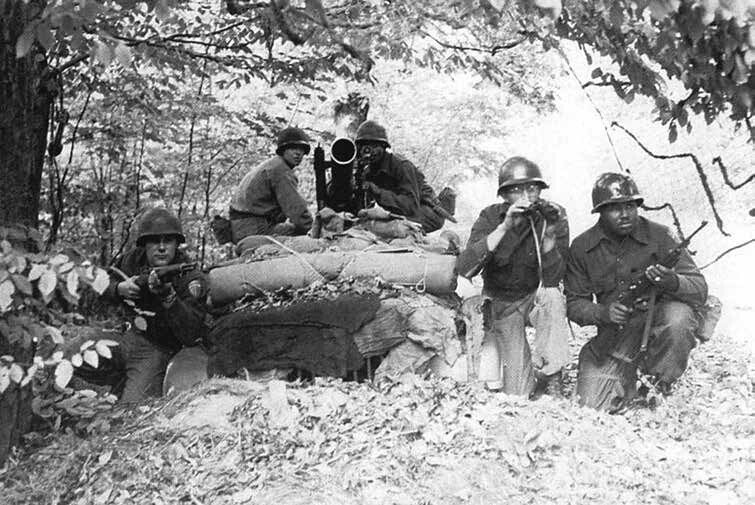Aircraft carriers, towering symbols of naval prowess, represent the zenith of engineering and military strategy. This blog embarks on an exploration of the captivating Aircraft Carrier Evolution, unveiling its origins, pivotal moments, and the technological wonders that have sculpted these maritime giants. From their modest beginnings to the era of modern supercarriers, this journey through time and innovation unveils the transformation of these colossal vessels.
Table of Contents
Before delving into the narrative, let’s address key questions that set the stage for a comprehensive understanding:
What was the very first aircraft carrier?
The inaugural aircraft carrier in naval history was the HMS Furious, commissioned by the Royal Navy in 1917. While earlier vessels experimented with aircraft launchings, the Furious distinguished itself as the pioneer of purpose-built aircraft carriers. Notably, its forward flight deck design marked a paradigm shift, laying the foundation for the evolution of carriers into indispensable components of naval fleets worldwide.
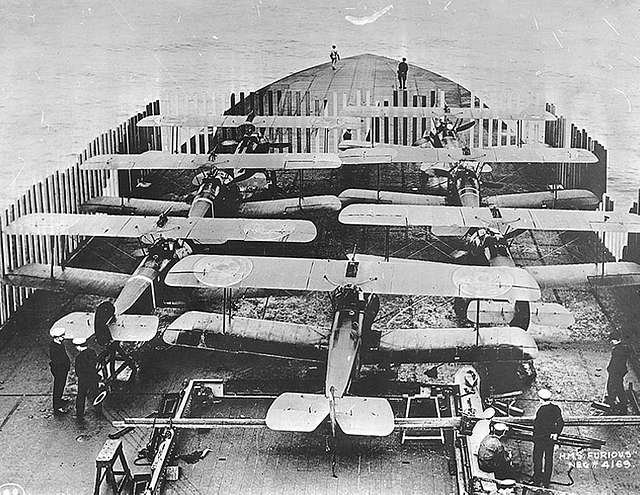
What is the smallest aircraft carrier?
The HTMS Chakri Naruebet, operated by the Royal Thai Navy, is often considered the smallest aircraft carrier in the world. It is a light aircraft carrier with a displacement of around 11,486 tons. Commissioned in 1997, the Chakri Naruebet serves primarily as a royal yacht and training vessel, but it can operate helicopters and Harrier jump jets. While it may not match the size and capacity of larger carriers, it represents a unique and more compact approach to naval aviation.
What is the world’s largest aircraft carrier?
The USS Gerald R. Ford (CVN-78), commissioned by the United States Navy in 2017, holds the title of the world’s largest aircraft carrier. This supercarrier introduces cutting-edge technologies, including electromagnetic aircraft launch systems (EMALS) and increased automation, exemplifying the pinnacle of naval engineering and military strategy. Its immense size and advanced capabilities underscore the ongoing evolution of aircraft carriers into powerful and sophisticated platforms on the seas.
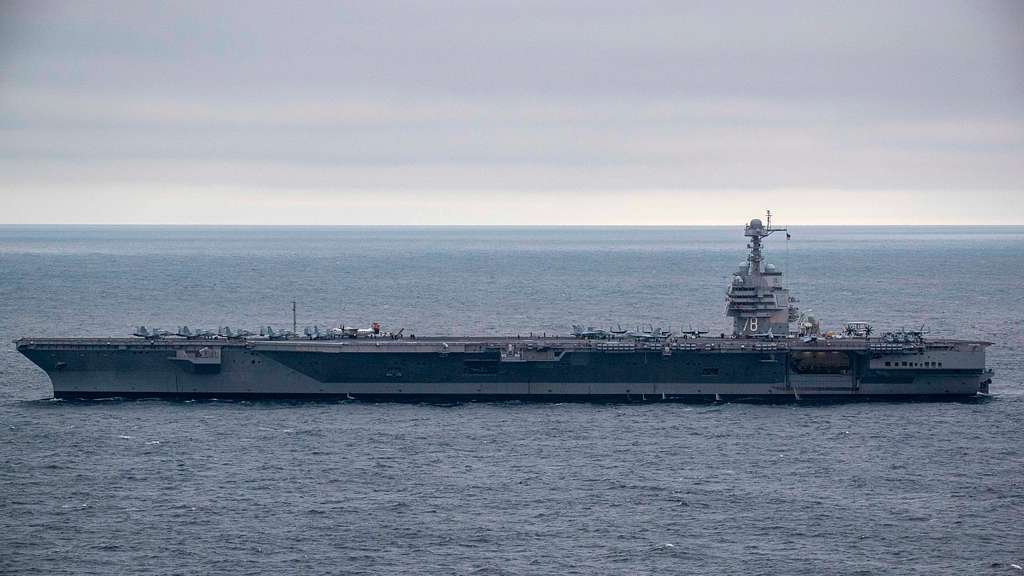
With these questions addressed, let’s embark on an insightful journey through the Aircraft Carrier Evolution.
Genesis of Naval Aviation: Pioneering a Sea Change
The roots of aircraft carrier evolution can be traced to the bold visionaries of the early 20th century who envisioned a paradigm shift in naval warfare. The inception of naval aviation, exemplified by Eugene Ely’s historic takeoff from the USS Birmingham in 1910, marked a revolutionary moment. Ely’s daring flight showcased the feasibility of aircraft operations from naval vessels, paving the way for survey, strategic strikes, and sea control.
This audacious event became a cornerstone in the development of aircraft carriers, catalyzing a sea change that transformed maritime strategies. The visionaries, led by pioneers like Ely, laid the foundation for the evolution of aircraft carriers, solidifying their indispensable role in modern naval fleets. The genesis of naval aviation embodies a fusion of courage, ingenuity, and foresight, setting the stage for the remarkable journey in maritime warfare.
World War I and Carrier Experimentation
The onset of World War I ushered in a transformative era for naval aviation as military strategists recognized the need for innovative platforms capable of projecting airpower at sea. Carrier experimentation during this crucible period played a pivotal role in shaping the future of naval warfare.
Converted Seaplane Carriers
The difficulties of war prompted naval forces to convert existing vessels into makeshift seaplane carriers. These improvised platforms demonstrated the adaptability of naval aviation, allowing for surveillance and limited offensive capabilities. However, these conversions also highlighted the inherent limitations and vulnerabilities of repurposed ships.
Emergence of Purpose-Built Carriers
As the war progressed, naval powers recognized the need for purpose-built carriers explicitly designed for launching and recovering aircraft. This marked a significant shift in naval strategy, emphasizing the importance of dedicated carriers in projecting airpower. The transition from converted vessels to purpose-built carriers laid the groundwork for the evolution of carrier technology.
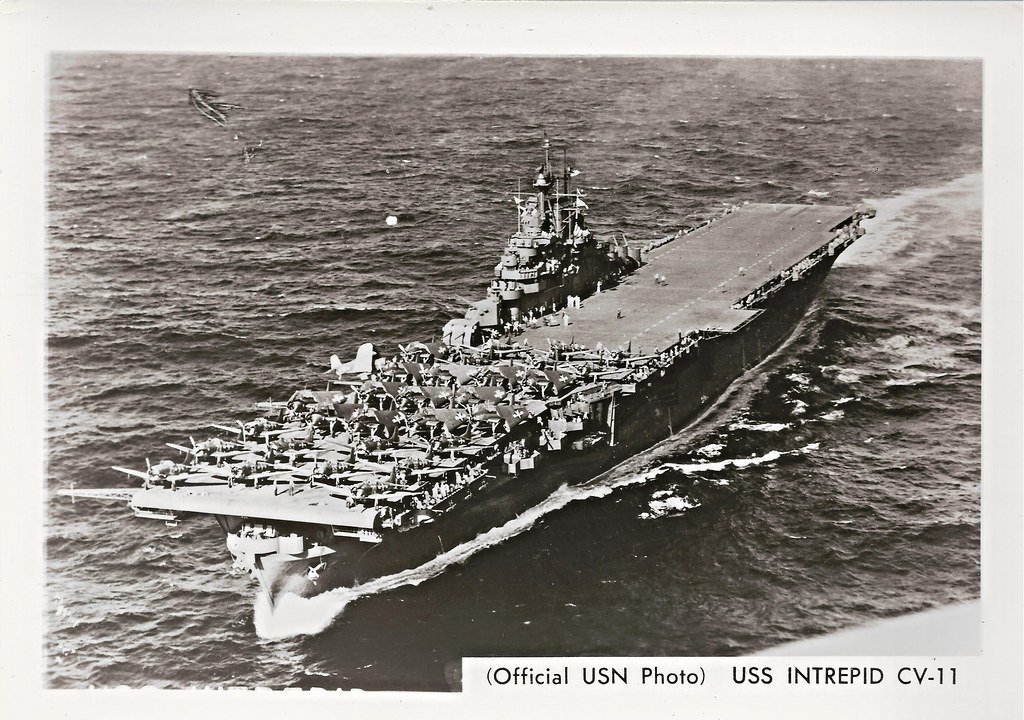
Challenges and Innovations
The Great War presented numerous challenges for carrier experimentation. Innovations were born out of necessity, ranging from improved aircraft launch and recovery systems to enhanced flight deck designs. Overcoming these challenges required ingenuity and a rapid learning curve as naval forces adapted to the dynamic nature of aerial warfare at sea.
Crucial Role of Carriers
Carriers played a crucial role during World War I, providing strategic advantages such as surveillance, fleet protection, and limited offensive capabilities. The ability to project airpower beyond the reach of traditional naval vessels reshaped tactical approaches and underscored the value of carriers as force multipliers.
Foundation for Future Advancements
The experimentation and lessons learned during World War I laid the foundation for future advancements in carrier technology. The successes and failures of this period informed subsequent naval doctrines, emphasizing the integral role carriers would play in future conflicts.
HMS Furious and the Birth of Purpose-Built Carriers
Commissioned in 1917 during World War I, the HMS Furious became a game-changer with its innovative design featuring a forward flight deck.
Innovative Design
Originally intended as a large light cruiser, the HMS Furious underwent a radical transformation, introducing a unique forward flight deck to capitalize on naval aviation capabilities.
Forward Flight Deck’s Significance
The forward flight deck allowed simultaneous takeoffs and landings, a departure from traditional designs that significantly increased operational efficiency.
Pivotal Moment in Carrier Evolution
The inclusion of the forward flight deck marked a pivotal moment in carrier technology, influencing the development of purpose-built carriers solely dedicated to naval aviation.
Legacy of the HMS Furious
The HMS Furious legacy endures as a symbol of visionary thinking, setting the stage for purpose-built carriers and emphasizing their crucial role in naval fleets’ strategic evolution.
Interwar Innovations and Treaty Limitations: Navigating Naval Challenges
The interwar period witnessed a dynamic surge in experimentation with aircraft carrier technology despite the imposition of constraints by international naval treaties. This era, marked by post-World War I recovery, became a fertile ground for naval powers to recognize and harness the strategic potential of aircraft carriers. However, the Washington Naval Treaty of 1922 and similar agreements imposed strict limitations on naval armaments, including tonnage restrictions for carriers.

Despite these treaty constraints, naval powers adeptly navigated the delicate balance between compliance and innovation. The result was a surge in inventive solutions and the development of compact carrier designs that optimized tonnage while enhancing operational capabilities. This adaptive spirit, coupled with innovative operational tactics, not only defined the interwar period but also laid the groundwork for the future of carrier-based naval warfare, proving that even in the face of limitations, the ingenuity of naval powers prevailed.
World War II and the Carrier’s Ascendancy
The onset of World War II marked a paradigm shift in naval warfare, thrusting aircraft carriers into the spotlight as the linchpin of maritime strategies. This period witnessed the ascendancy of carriers, shaping the course of key battles and underlining their pivotal role in modern naval operations.
Iconic USS Enterprise
The USS Enterprise emerged as an iconic symbol of American naval power during World War II. Its unparalleled service in numerous Pacific campaigns showcased the carrier’s versatility, capable of launching a diverse array of aircraft for reconnaissance, air superiority, and strategic strikes. The Enterprise’s resilience and adaptability epitomized the carrier’s newfound prominence.
Decisive Battle of Midway
The Battle of Midway in June 1942 stands as a pivotal moment in naval history. Carriers played a central role in this decisive confrontation between the United States and Japan. The success of American carriers, including the Enterprise, in thwarting Japanese advances marked a turning point in the Pacific Theater. Carriers showcased their strategic importance, underscoring their ability to project power far beyond traditional naval capabilities.
Carriers as Strategic Linchpins
This section explores how carriers became the strategic linchpins of naval warfare during World War II. Their ability to launch aircraft for surveillance, deliver devastating airstrikes, and control vast oceanic expanses gave nations unparalleled flexibility. Carriers transformed naval strategies, becoming the nucleus around which fleet movements orbited.
Influence on Modern Naval Warfare
The pivotal moments outlined underscore carriers’ decisive influence during World War II and their subsequent solidification as critical assets in modern naval warfare. The lessons learned and tactics developed during this era laid the groundwork for their continued prominence in the post-war naval landscape.
Legacy of Carrier Ascendancy
The ascendancy of carriers during World War II left an indelible legacy. Carriers evolved from experimental platforms to indispensable components of naval fleets, capable of projecting power across vast distances. The success of carriers in pivotal engagements reshaped naval doctrines, emphasizing the strategic significance of airpower and reinforcing the enduring role of carriers in contemporary naval strategies.
Post-World War II Technological Advancements
Post-World War II marked a significant shift in aircraft carrier design with transformative innovations. Angled flight decks, deviating from traditional configurations, enhanced operational efficiency and safety by allowing simultaneous takeoffs and landings, enabling carriers to handle a diverse range of aircraft more flexibly. The adoption of steam catapults further advanced carrier technology, providing consistent and precise aircraft acceleration and expanding operational capacity.
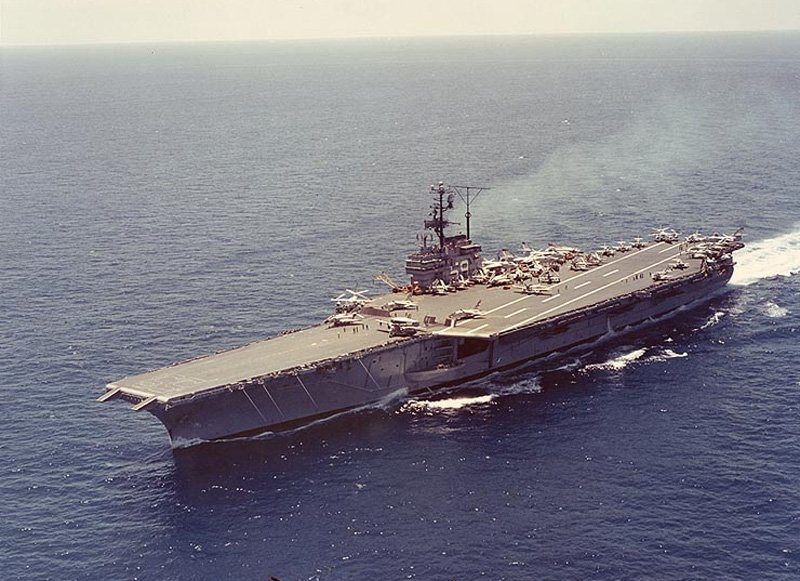
The incorporation of nuclear propulsion, exemplified by the USS Forrestal in 1955, revolutionized carriers by significantly extending their endurance, enhancing strategic reach, reducing dependence on traditional fuel sources, and enabling sustained high speeds. The USS Forrestal stands as a prime example of a modern supercarrier, showcasing the profound impact of post-World War II innovations on carrier capabilities and reinforcing their indispensable role in modern naval fleets.
Cold War and Power Projection
During the Cold War, aircraft carriers emerged as unparalleled power projection tools, symbolizing strategic influence without confrontation. Positioned within naval fleets, carriers played an integral role in responding to global crises, offering unmatched flexibility in showcasing military strength and swiftly adapting to regional conflicts. Their multifaceted capabilities, encompassing reconnaissance, precision strike missions, and air superiority, became crucial in maintaining strategic influence during geopolitical tensions. The adaptability and global reach demonstrated by carriers in this era laid the foundation for their enduring prominence in contemporary naval strategies, solidifying their pivotal role in projecting power across international waters.
Contemporary Carrier Operations
As we step into the 21st century, the evolution of aircraft carriers continues, marked by cutting-edge advancements that redefine naval power. This section delves into the latest innovations, highlighting the technological marvels that propel modern carriers to the forefront of maritime strategy.
Electromagnetic Aircraft Launch Systems (EMALS)
A significant leap in carrier technology is the incorporation of Electromagnetic Aircraft Launch Systems (EMALS). Unlike traditional steam catapults, EMALS utilizes electromagnetic technology to provide a smoother and more precise acceleration for aircraft during takeoff. This innovation not only enhances the efficiency of launches but also allows for the adaptation to a broader range of aircraft, including uncrewed aerial vehicles (UAVs).
Increased Automation
Automation has become a cornerstone of modern carrier operations. Advanced systems now handle various tasks, from aircraft handling and maintenance to navigation and communications. This increased automation not only streamlines operations but also enhances overall safety and efficiency, allowing carrier crews to focus on strategic decision-making and mission execution.
USS Gerald R. Ford
Exemplifying these contemporary advancements is the USS Gerald R. Ford (CVN-78), the most advanced and largest aircraft carrier commissioned by the United States Navy. Beyond its sheer size, the Ford incorporates EMALS, advanced radar systems, and increased automation, making it a technological marvel. This carrier stands as a testament to the continuous adaptation of naval power to meet the demands of evolving maritime strategies.
Adaptation to Contemporary Maritime Strategies
Modern carriers, represented by vessels like the USS Gerald R. Ford, are designed to adapt to the dynamic landscape of contemporary maritime strategies. The integration of advanced technologies allows for enhanced flexibility, responsiveness, and strategic reach. These carriers are capable of supporting a diverse range of missions, from traditional power projection to anti-submarine warfare and ballistic missile defense.
Continuous Evolution
The exploration of contemporary carrier operations unveils an ongoing commitment to evolution and innovation. As geopolitical landscapes shift and technology advances, carriers will likely continue to adapt, ensuring they remain at the forefront of naval power and play a crucial role in shaping the future of global maritime strategies.
The evolution of aircraft carriers mirrors the dynamic narrative of naval history, from experimental takeoffs to commanding fleets. As we navigate through the annals of time, the Aircraft Carrier Evolution blog underscores the resilience, innovation, and strategic significance of these floating airbases. Join us on this voyage through history, where carriers, once a daring experiment, have evolved into symbols of naval prowess and technological marvels.

